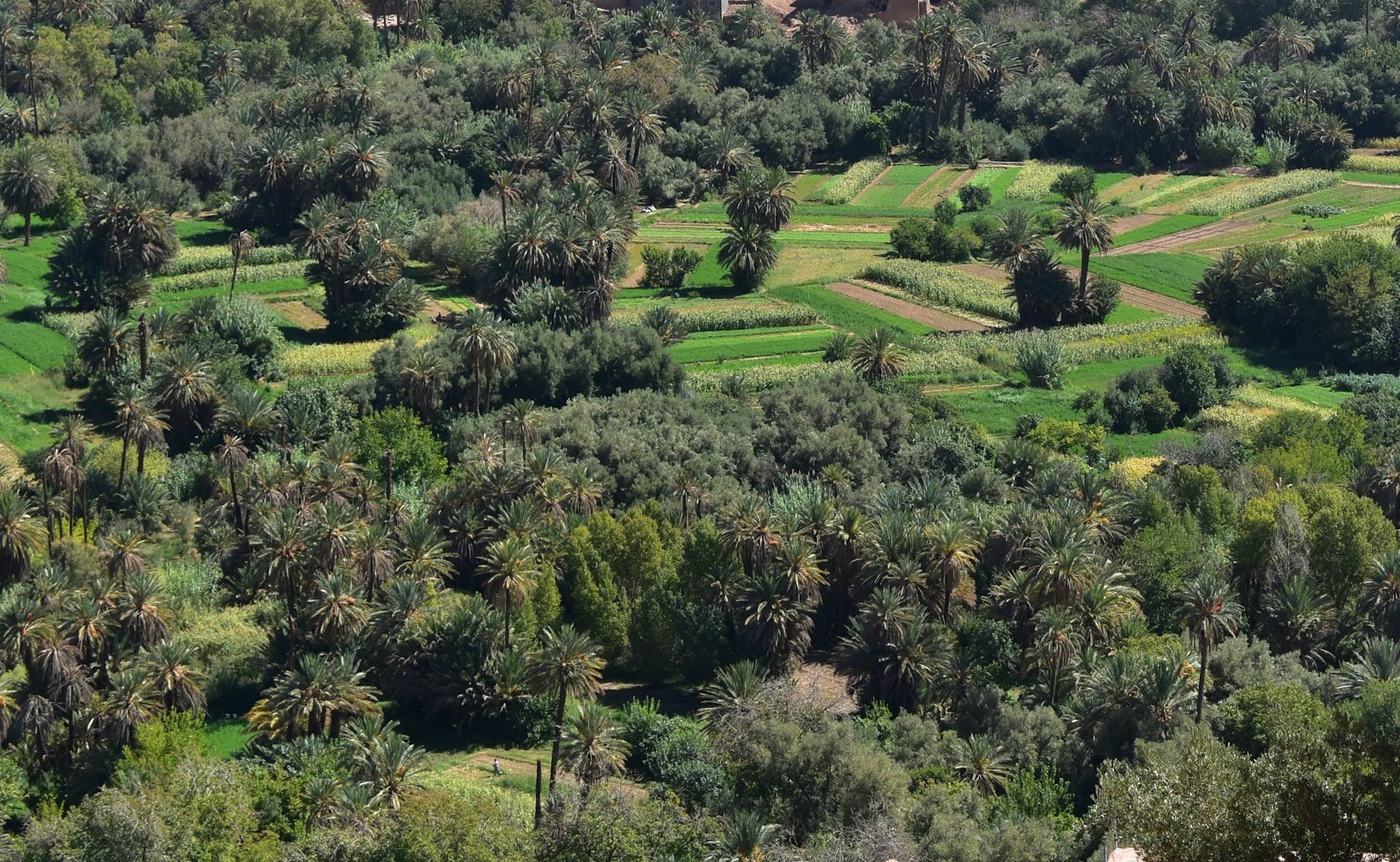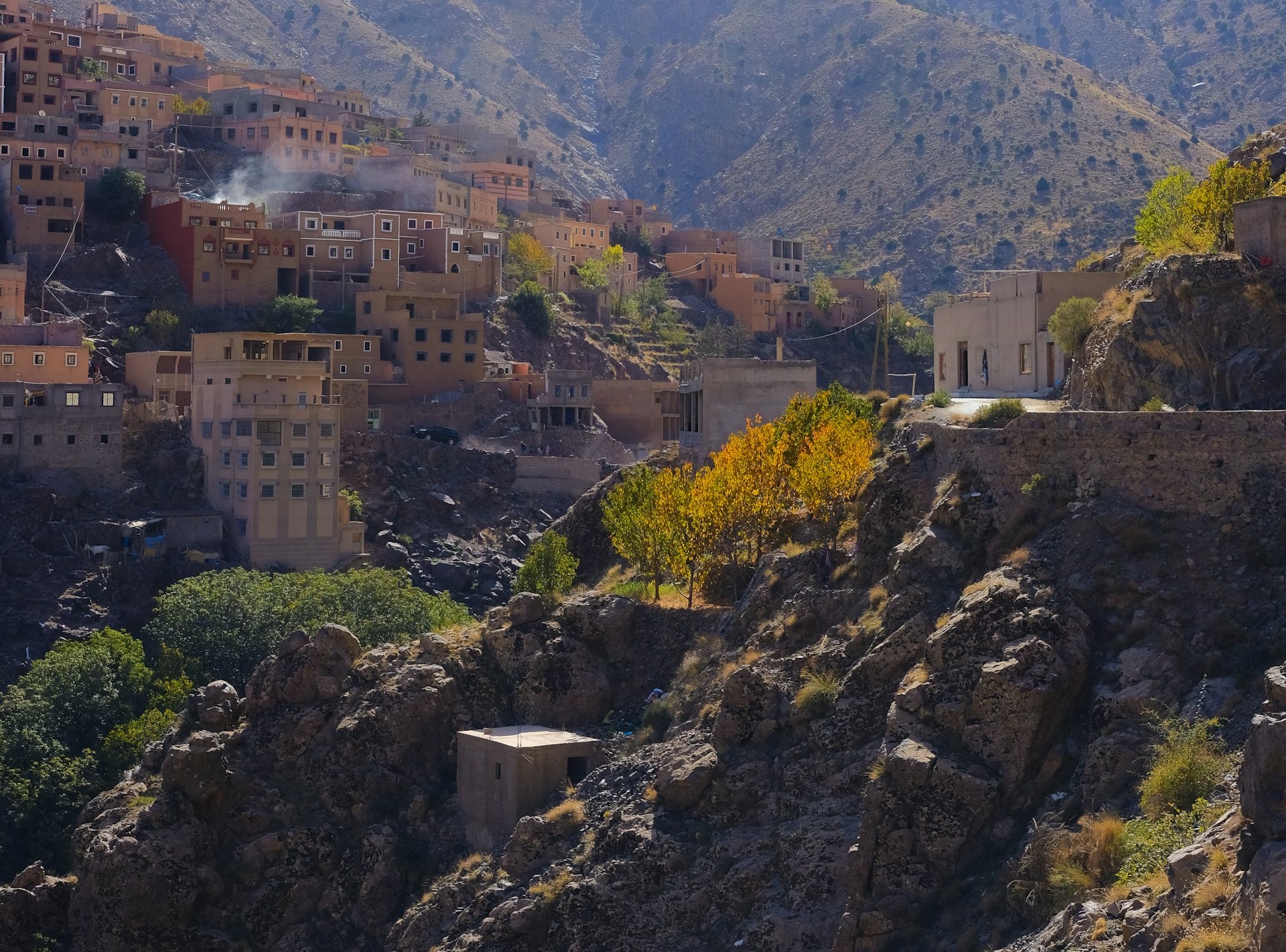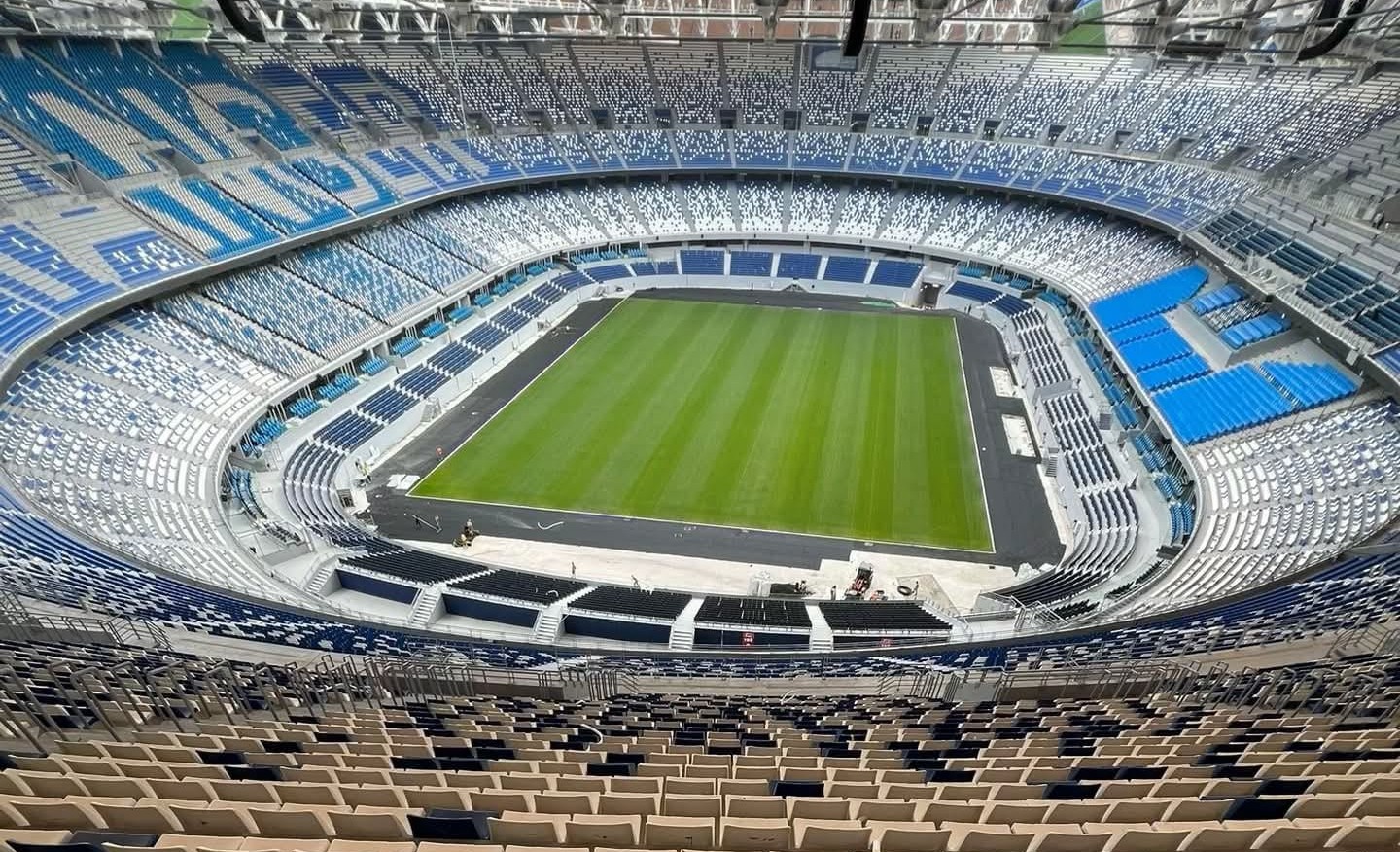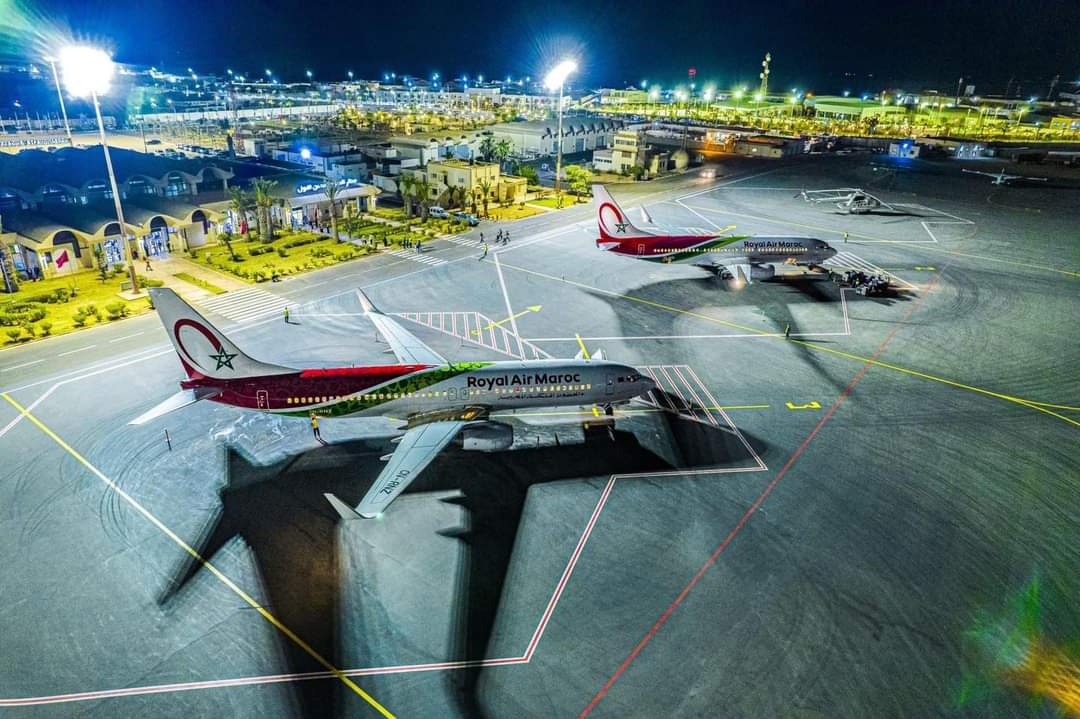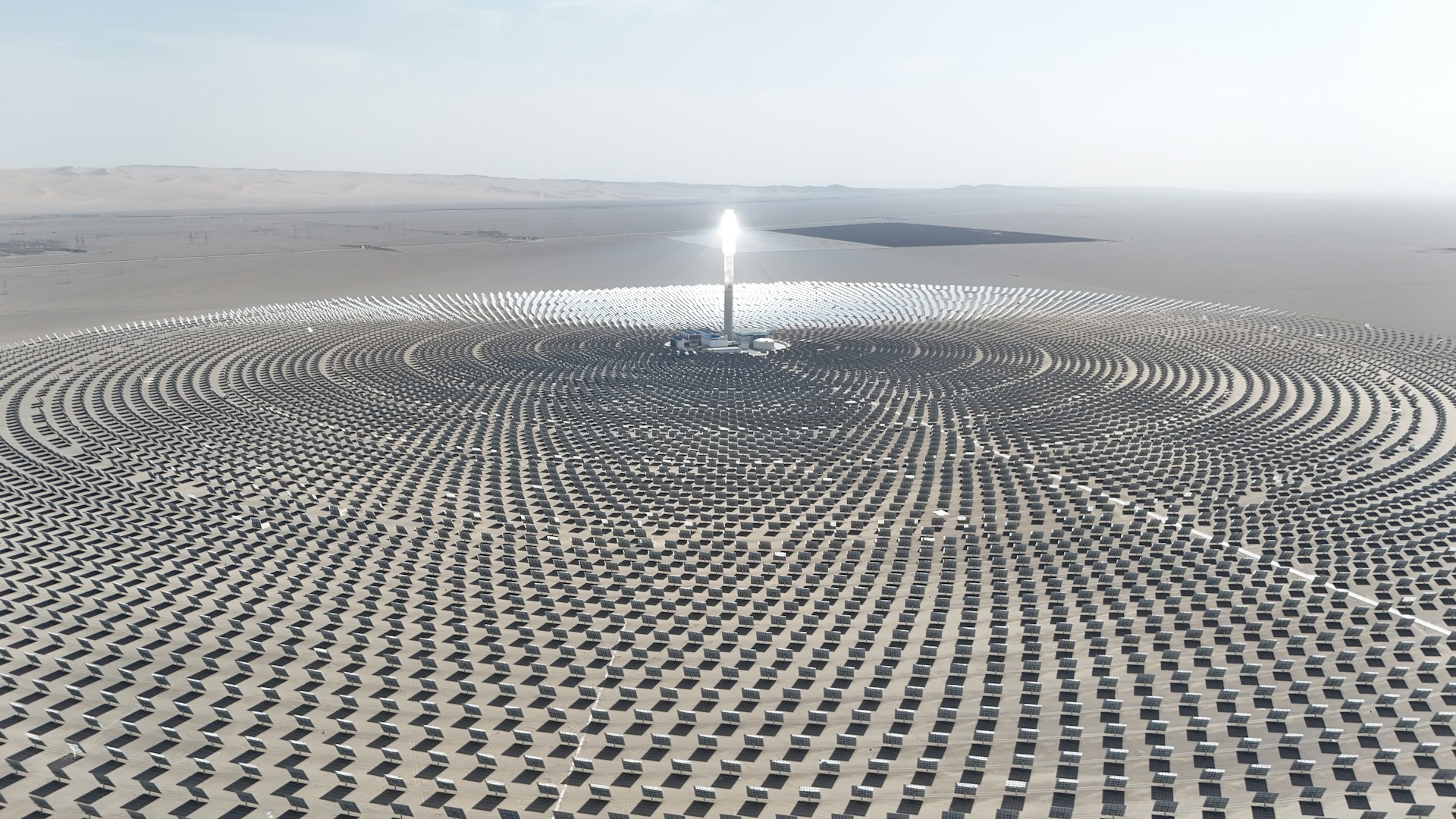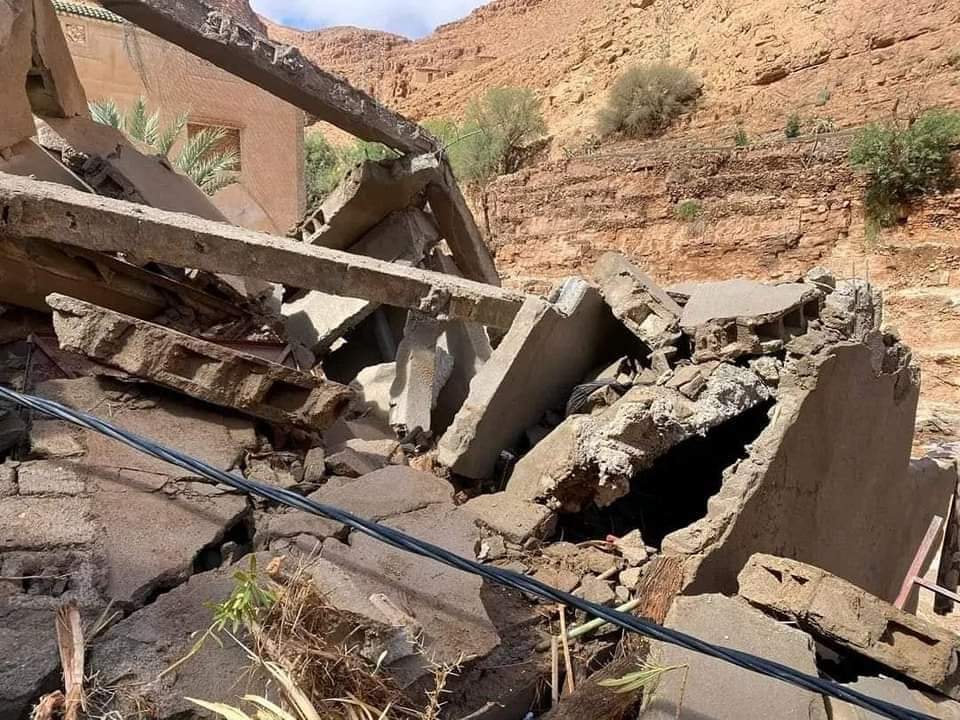Casablanca – Morocco’s 2026 draft finance bill reflects a continuation of prudent fiscal management, but the country faces potential budgetary risks from its ambitious infrastructure projects, according to a recent report by Fitch Ratings, the global credit rating agency.
The report acknowledges that the Moroccan government does not plan a sharp increase in public spending for 2026, signaling fiscal discipline and a commitment to macro-financial stability. This approach is seen as a mitigating factor against financial risks, particularly in the wake of the September 2025 social protests, which Fitch describes as the largest since 2011–2012. Despite their scale, the agency emphasizes that these protests do not pose a significant threat to political stability.
Budgetary outlook for 2026
Fitch projects Morocco’s fiscal deficit to narrow to 3% of GDP in 2026, down from 3.6% in 2025, reflecting a continued path of budgetary consolidation. This reduction is primarily attributed to tight control over current spending, while capital investments remain relatively stable despite pressures from upcoming large-scale projects.
Total public expenditures are expected to decline to 26.8% of GDP, compared with 27.6% in 2025. Meanwhile, total government revenues are projected at 23.8% of GDP, a slight decline from 24% in 2025. The government anticipates a moderate rise in tax revenues, particularly corporate taxes, contributing an additional 0.8 percentage points of GDP. This increase is partly offset by a 1-point reduction in non-tax revenues, reflecting Morocco’s shift away from “innovative financing” mechanisms, such as the sale-and-leaseback of public assets. Fitch notes that while these tools have historically helped compensate for temporary revenue shortfalls or unforeseen expenditures, they are generally non-recurring and insufficient as a long-term fiscal strategy.
Debt trajectory and fiscal discipline
Fitch underlines that Morocco’s fiscal strategy for 2026 is closely aligned with prior projections, including triennial estimates published at the end of 2024. This consistency suggests that the recent social unrest did not significantly alter the government’s financial planning.
The public debt-to-GDP ratio is expected to fall slightly to 66% in 2026, down from 67% in 2025. Although this remains above the average for BB-rated countries, projected at 52% by 2027, the trend is gradually downward, demonstrating continued fiscal discipline. Fitch stresses that stable public finances depend on sustained control over both spending and revenue mobilization, particularly in light of large-scale investment commitments.
Infrastructure projects: Fiscal risk factor
The agency identifies the primary risk to Morocco’s fiscal outlook as potential overspending on infrastructure projects associated with preparations for the 2030 FIFA World Cup. These projects, which include the construction of airports, railway lines, sports facilities, energy and water infrastructure, are projected to account for approximately 18% of GDP.
While Fitch acknowledges that the bulk of funding will come through public-private partnerships (PPPs), which should limit pressure on the central budget, it warns that expanding state guarantees to public institutions or increasing direct government spending on these projects could undermine the planned trajectory of fiscal consolidation.
The report highlights that such large-scale infrastructure projects are inherently prone to cost overruns, citing international experience where major projects frequently exceed initial budgets by 15–30%, especially those exceeding $1 billion in value. Historical cases, including the London and Athens Olympics, illustrate the financial risks associated with ambitious global events.
Revenue sustainability and fiscal resilience
Fitch emphasizes the importance of strengthening sustainable revenue sources to ensure the resilience of Morocco’s public finances. While the government expects gradual increases in tax revenues, the shift away from one-off financing mechanisms is seen as critical to maintain long-term fiscal health. This approach, coupled with controlled expenditure, aims to balance development needs with fiscal stability.
Fitch views Morocco’s 2026 budget as prudent and consistent with previous projections, reflecting a commitment to fiscal discipline and macroeconomic stability. However, the agency cautions that the execution of major infrastructure projects for the 2030 World Cup represents the main fiscal challenge. Successfully managing these projects within the planned budgetary framework will be crucial to maintaining Morocco’s creditworthiness, sustaining public debt on a downward path, and ensuring that ambitious developmental goals do not compromise fiscal stability.
